“A product that is coherent in form requires no embellishment. It is enhanced by the purity of its form.” – Ferdinand Alexander Porsche [1]
Ferdinand Alexander Porsche, aka “Butzi”, was the son of Ferry Porsche and the grandson of Ferdinand Porsche, the founder of Porsche AG. While his father and grandfather were both engineers, Butzi was a designer, and contributed to the deign of many cars, one being the iconic Porsche 911. He did not consider himself a designer or artist, but a functionalist and a craftsman. “Design must be functional and functionality must be translated into visual esthetics, without any reliance on gimmicks that have to be explained,” was his explanation for his design philosophy [1]. This philosophy is evident in all the designers he was a part of, but I will focus on the development and the design of the 911.
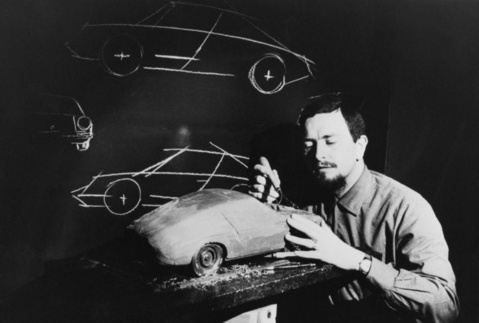
F.A. Next to a Clay Model of Type 911 [7]
The Porsche 911 was revealed to the public in 1963, then known as the 901. The 911 was the successor of the 356, a successful car for Porsche in the 50’s. Ferry gave the job of designing the body of the car to his son Butzi over the designer of the 356, Erwin Komenda, which was an unpopular move within the company. Butzi complained that Komenda interfered in his proposed designs, which caused Ferry to take his sons designs to neighboring company Reuter to produce the first prototype of the 901 [2]. This has led to a debate as to who actually designed the 911, Butzi or Komenda, but as it stands Butzi is credited with the design.
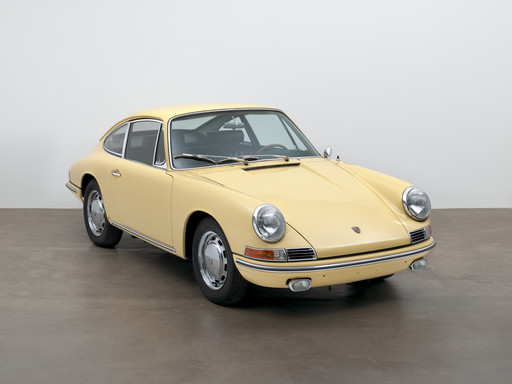
F.A. “Butzie” Porrsche, 911 coupé, Museum of Modern Art [6]
The Porsche 911, both in its original and current form, has an immediately recognizable design. Parts of this design include the lateral lines, the design of the fastback, the shape of the side windows, and the free-standing front wings with the flat front bonnet in between [3]. The 911 is a streamlined and race-ready car meant for city streets, bringing an aerodynamic aesthetic previously only found on the racetrack to common consumers. The 911 also has a distinctive silhouette an important characteristic when creating easily recognizable designs.
Butzi arrived at this designed by minimizing the existing design of the 356. It had a shorter, more sporting wheelbase. The body was also “wrapped” around the frame, reducing any extraneous volume. The 911, while being small, was well balanced with a rear engine. This gave the 911 not only a small, modest stature but made it fun to drive.
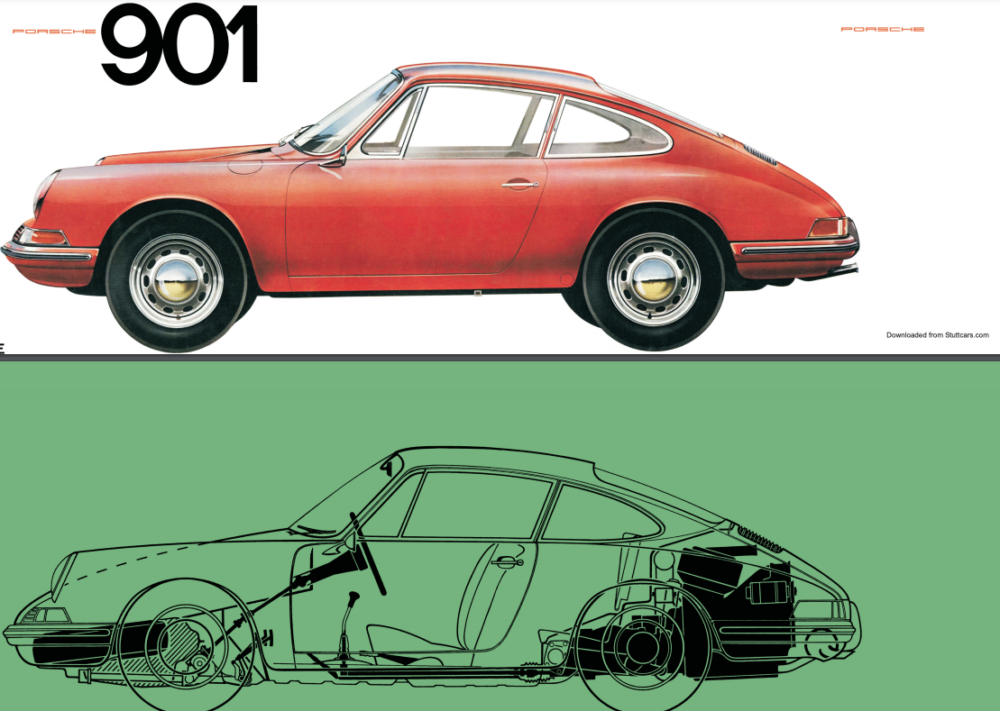
901 (911) Sales Brochure [5]
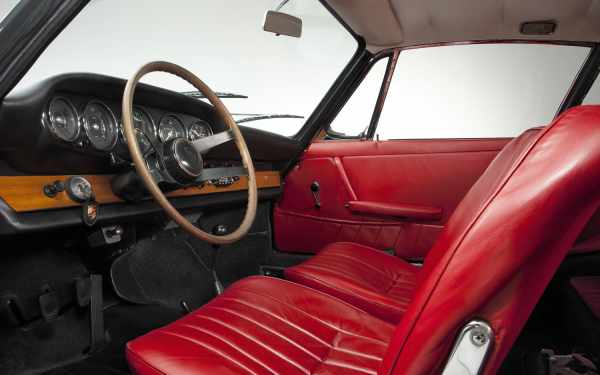
911 Interior [4]
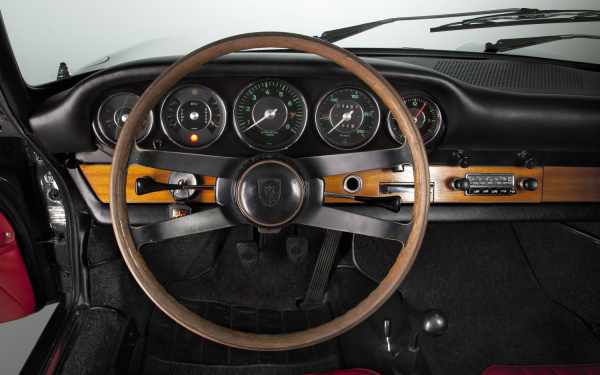
911 Dashboard [4]
References:
[1] – https://www.stuttcars.com/ferdinand-alexander-porsche/[2] – https://www.supercars.net/blog/history-of-the-porsche-911/
[3] – https://newsroom.porsche.com/en/products/porsche-911-design-production-anniversary-13742.html
[4] – https://911evolution.com/porsche/911-20
[5] – https://www.stuttcars.com/porsche-911-1964-1973-sales-brochures/
[6] – https://www.moma.org/collection/works/217251
[7] – https://www.excellence-mag.com/of-note/f-a-butzi-porsche-1935-2012

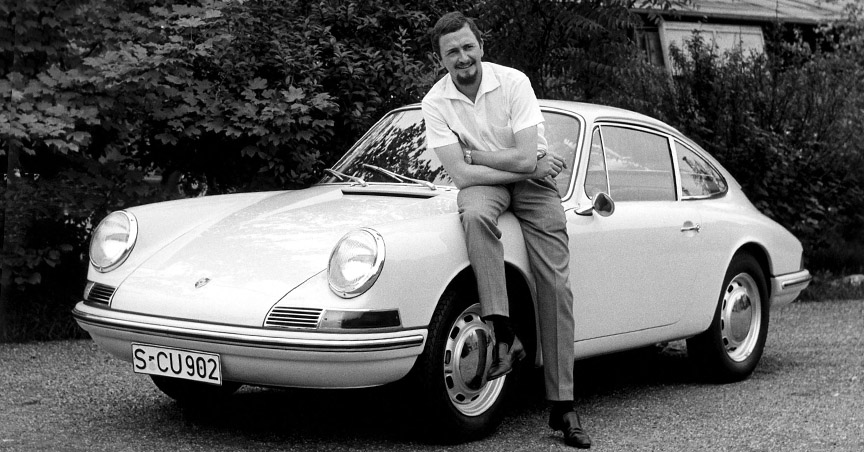
3 Comments. Leave new
The 911 has always been a gorgeous car. It has always impressed me that the smooth lines and curves of the 60s are still mostly carried through to the modern 911s and still rule the track and the street at the same time. It’s truly impressive that Porsche managed to design something that has had so much staying power. A real testament to his ability.
Hi Nic,
Every time I see a Porsche 911 I think about how beautiful the form of the car is. It looks like how a fast car should look, with the flowing sloped back. I didn’t know the grandson of Porsche’s founder was the original designer, what a family affair! I think it is amazing how much the modern 911s still hold true to the original designs, its truly maintained itself and what makes it stunning throughout time.
Hey Nic,
Ah I love Porsche 911 Design – it’s nearly a perfect car design! I have always looked & try to learn from its design philosophy when I was building car for my personal project few years back.
I loved the quote you posted – “A product that is coherent in form requires no embellishment. It is enhanced by the purity of its form.” by Ferdinand Alexander Porsche.
Btw, is there any good resource like documentary/movie you found while your research about Alexander Porsche?
I would love to learn more in detail, if any.